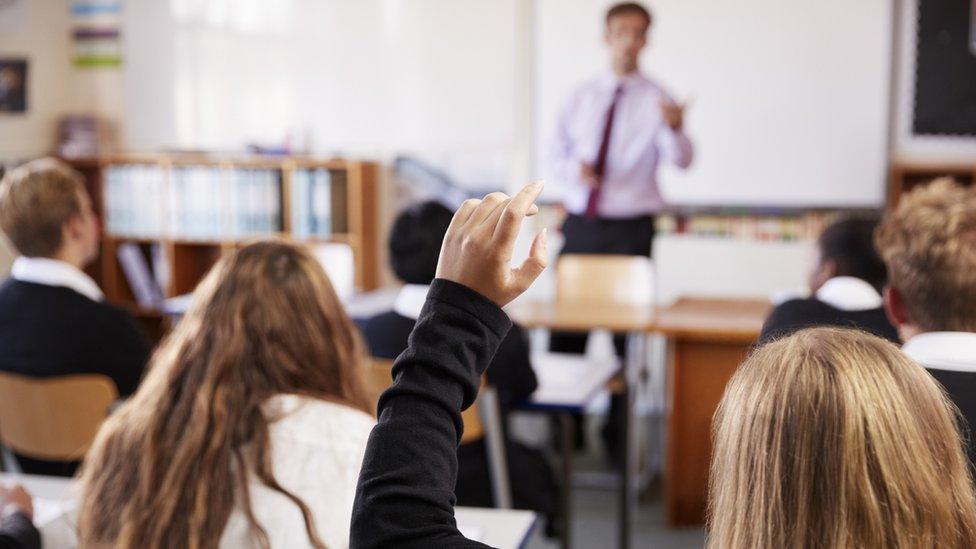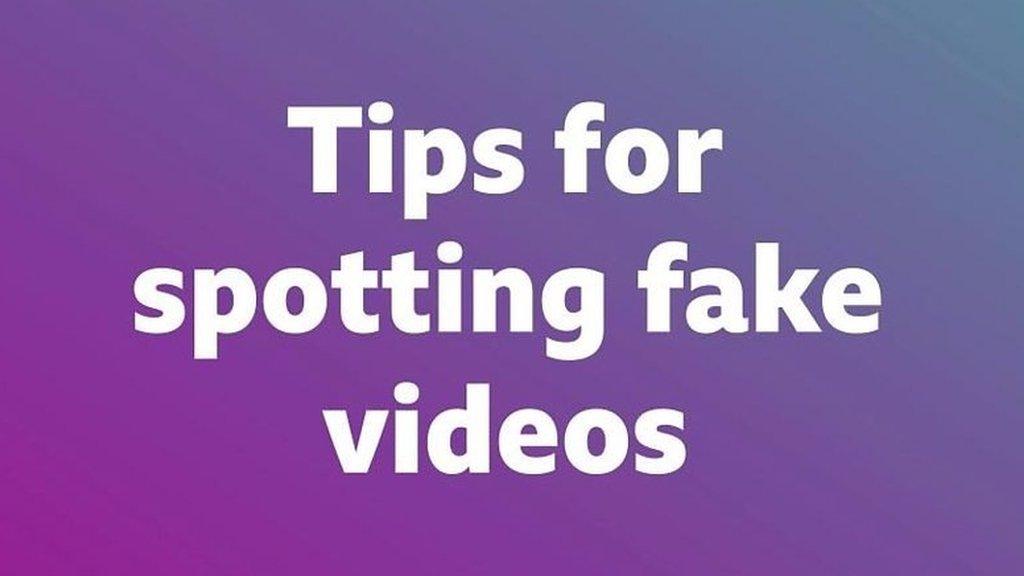Fake news and how to spot it to be taught in schools
- Published
- comments

Children in primary school and secondary school will learn about fake news from 2020 the government has announced.
The education secretary Damian Hinds says teachers need to explain to children about the dangers of 'fake news' and disinformation.
The Department for Education has published online safety guidance for schools, which includes teaching children how to how to identify online risks and how and when to seek support.
It also gives guidelines on how to recognise and respond to 'fake news' more effectively and to tell the difference between misinformation and disinformation.
What is fake news?
What is Fake News?
Fake news means stories that you see on social media and online, that aren't true.
News that's 'fake' is usually either false stories that are not true at all or stories which have some truth, but the facts haven't been checked properly or the writer has exaggerated some parts of the story.
Experts worry that children will see so much fake news that they don't know what is real and what isn't it, or even that they will stop believing anything they read.
There is also a worry that fake news can be used to make people believe something that can be damaging. One example of this is how misinformation about vaccinations has been spread on social media and is now affecting the number of people choosing to be vaccinated.
How will pupils learn about fake news?
From 2020, every child will learn about internet safety alongside the importance of mental wellbeing.
Pupils will be taught about how to look after themselves online in various different parts of the curriculum, including Citizenship at Key Stage 3 and Key Stage 4, Computing and in the new Relationships, Sex and Health Education curriculum.
Fake news: What is it and how to spot it
Topics taught will include:
Confirmation bias - This is when people look for or judge things according to what they already believe. Young people will be taught how confirmation bias helps stories spread.
How to recognise techniques used for persuasion - Pupils will be taught to recognise the techniques that are often used to persuade or manipulate others.
How to evaluate what they see online - This will enable pupils to make judgements about what they see online and not automatically assume that what they see is true or acceptable.
Identify online risks - This will enable pupils to identify possible online risks and make informed decisions about how to act.
How and when to seek support - This will enable pupils to understand safe ways in which to seek support if they are concerned or upset by something they have seen online.
- Published16 July 2019

- Published5 April 2023

- Published29 March 2019

